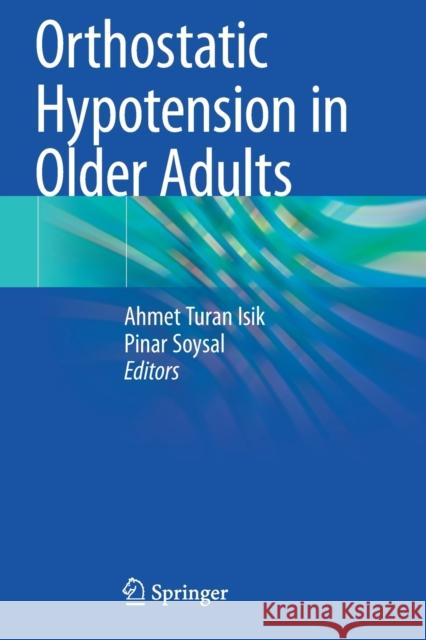Orthostatic Hypotension in Older Adults » książka
topmenu
Orthostatic Hypotension in Older Adults
ISBN-13: 9783030624958 / Angielski / Miękka / 2021 / 158 str.
Orthostatic Hypotension in Older Adults
ISBN-13: 9783030624958 / Angielski / Miękka / 2021 / 158 str.
cena 401,58
(netto: 382,46 VAT: 5%)
Najniższa cena z 30 dni: 385,52
(netto: 382,46 VAT: 5%)
Najniższa cena z 30 dni: 385,52
Termin realizacji zamówienia:
ok. 22 dni roboczych

ok. 22 dni roboczych

Darmowa dostawa!
Kategorie BISAC:
Wydawca:
Springer
Język:
Angielski
ISBN-13:
9783030624958
Rok wydania:
2021
Ilość stron:
158
Waga:
0.23 kg
Wymiary:
23.39 x 15.6 x 0.86
Oprawa:
Miękka
Wolumenów:
01
Dodatkowe informacje:
Wydanie ilustrowane











